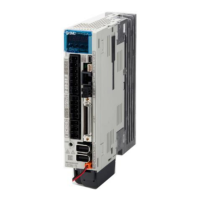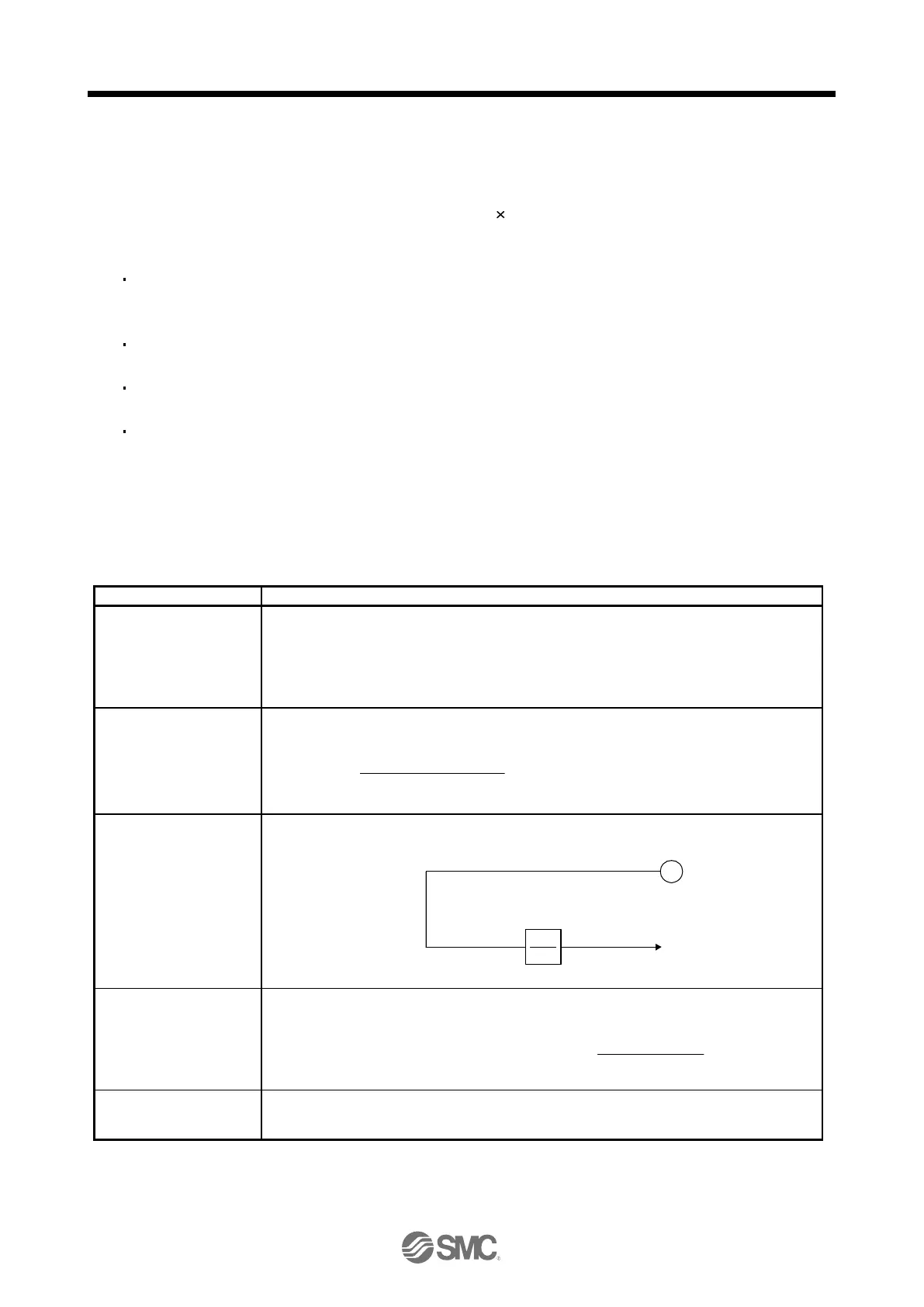APPENDIX
App. - 24
(3) Difference between the China RoHS directive and the EU RoHS directive
The China RoHS directive allows no restriction exemption unlike the EU RoHS directive. Although a
product complies with the EU RoHS directive, a hazardous substance in the product may be
considered to be above the limit requirement (marked " ") in the China RoHS directive.
The following shows some restriction exemptions and their examples according to the EU RoHS
directive.
Lead as an alloying element in steel for machining purposes and in galvanized steel containing up
to 0.35% lead by weight, lead as an alloying element in aluminum containing up to 0.4% lead by
weight, and copper alloy containing up to 4% lead by weight, e.g. brass-made insert nuts
Lead in high melting temperature type solders (i.e. lead-based alloys containing 85% by weight or
more lead)
Electrical and electronic components containing lead in a glass or ceramic other than dielectric
ceramic in capacitors, e.g. piezoelectronic devices
Electrical and electronic components containing lead in a glass or ceramic matrix compound, e.g.
chip resistors
App. 10 Encoder output pulse setting method
For details of "Encoder output pulse setting selection" in [Pr. PC19], refer to the following table.
Set the output pulses per revolution with [Pr. PA15 Encoder output pulses].
Output pulse = a value set in [Pr. PA15] [pulse/rev]
Selecting "Load side encoder (_ 1 _ _)" of "Encoder selection for encoder output pulse" in [Pr.
PC19] triggers [AL. 37 Parameter error].
Feedback pulses from the encoder are processed as follows to be outputted. Feedback pulses
are outputted in the same pulse unit as the command pulse.
Set the A-phase/B-phase pulse electronic gear with [Pr. PA15 Encoder output pulses] and [Pr.
PA16 Encoder output pulses 2].
Output pulse = the servo motor resolution per revolution ×

